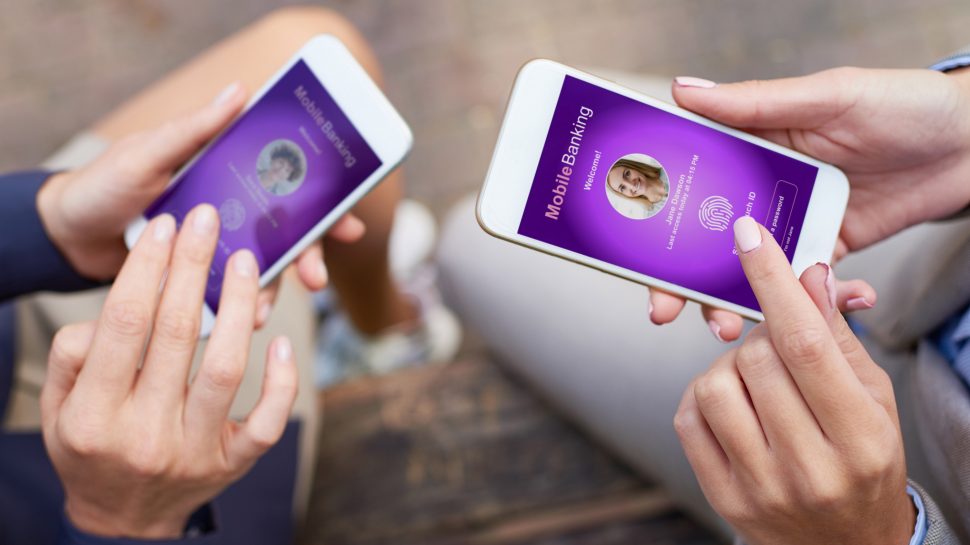Opening up the barcode

Banks are already seeing the mobile-first impact of millennial expectations, where a better app trumps brand loyalty. Millennials are predicted to overtake baby boomers in 2022 and Generation X in 2028 as the most profitable customer demographic – and they’ll do so in an increasingly cashless world, according to Telstra’s Millennials, mobiles and money white paper.
This is the next generation of bill payers.
The launch of Osko and the New Payments Platform (NPP) neatly matches this generation’s expectations of making payments in real time. Peer to Peer (P2P) transfers are increasingly common, as is the use mobile payment platforms such as Apple Pay, third party ‘buy now pay later’ disruptors like AfterPay and Zipmoney, and ‘tap and go’ payments.
“The biggest impact of digital on billing has clearly been the speed of payments, and the number of different ways in which customers can make those payments,” says Susan Nicholson, Head of Enterprise & Government Financial Services at Australia Post.
“Increasingly time-poor consumers are more comfortable with online platforms. For businesses, reducing the cost to serve has certainly made it a worthwhile investment.”
Postal services have traditionally played a vital role in connecting consumers and businesses to a wide range of financial services, especially in remote communities. A 2016 report found that globally, 91 per cent of post offices provide financial services either directly, or in partnership with financial institutions.
Take Australia Post’s Post Billpay® as an example. As an established bill payment option for over 20 years, it enables more than 80 million payments each year over the counter, over the phone and online.
“Many of Australia’s leading billers use this service,” explains Bethaney Capasso, Senior Manager of Bill Payment Solutions at Australia Post. “No other provider has our retail footprint and we’re building on our reach to evolve our eCommerce and bill management technologies so we can continue to connect consumers, businesses and government.”
“But what’s also important to remember is that not every payee has a bank account or wants to use it to make payments. Many of our bill payers are international students or segments of the community who prefer alternative payment methods. Post Billpay® offers them a range of channels to pay their bills.”

Do your customers have more than one way to pay their bills?
New ways to scan and pay
The use of mobile banking almost doubled between 2013 and 2017 but until recently, paying a bill from a smartphone was a cumbersome experience as entering biller codes and account IDs could be prone to error on a small screen.
But what if a bill has a unique barcode or QR code that embeds that information? Suddenly, everything is a whole lot simpler. And for billers, accurate payment data also reduces the cost of double handling and reconciliation.
According to Bethaney, the next generation of bill payers will soon be “empowered to pay anytime, anywhere and any way they want.”
“We’re exploring ways to open up our APIs so third party payment apps can access the bill barcode – further expanding payment choices for consumers.”
"You can scan your digital or paper bill using the AusPost app on your smartphone while you’re on the train to work for example and get everything done in a few clicks."
It’s also part of making the online bill payment experience as easy and flexible as possible. Having said that, not all consumers want to make payments via their mobile phone. For these consumers, there are other services including self-service payment kiosks which are available at over 150 post offices nationwide. “Like a self-checkout at the supermarket, you simply scan the bill and pay by debit or credit card or EFTPOS in seconds,” Bethaney says.
According to Bethaney, the team is also looking to the future by exploring the use of voice activation devices like Google Home, so that "people can even pay bills while doing household chores."
It’s all about creating a more convenient experience for consumers. If consumers are given more ways to pay bills at their convenience, then billers can expect to be paid more promptly.
The importance of channel choice
According to Australia Post’s recent Insight paper Australia’s pathway to a digital economy, paying bills and banking is now the second most popular online activity (after information search), with 86 per cent of internet users using online banking.
However, there’s still a divide between the digitally confident and those who are slower to adopt – and that’s why this truly omni-channel approach is so important. Just 23 per cent of those labelled ‘samplers’ (who tend to be an older demographic) in the insight paper pay bills online. This group still accounts for one in six Australians.
According to Deanne Keetelaar, General Manager of Payments and Financial Services at Australia Post, going fully digital isn’t the route to financial inclusion. “Cash remains an important choice especially for many of our older customers who transact in person in the post office, and offering choice is core to our financial inclusion strategy,” she told attendees at the recent Money 20/20 Asia conference, adding that more than 60 per cent of over the counter payments at post offices in Australia are in cash.
“Australians trust Australia Post; they know their money will reach the biller,” notes Bethaney. “They also like that they get a receipt, no matter which channel they choose, and can decide which payment option suits them best at the point of payment.”
This holistic approach to omni-channel bill payment will continue to provide in-person and phone payments but Australia Post is working to offer consumers an even better digital experience – one that includes integration with other apps used in daily transactions.
“Australia Post is continuing to evolve its payments options to keep pace with changing technology. But more importantly, it’s also keeping pace with what consumers demand,” concludes Susan.



